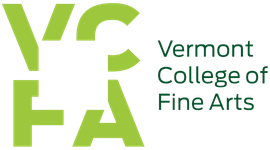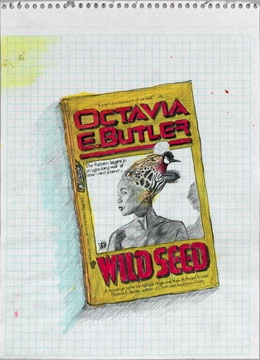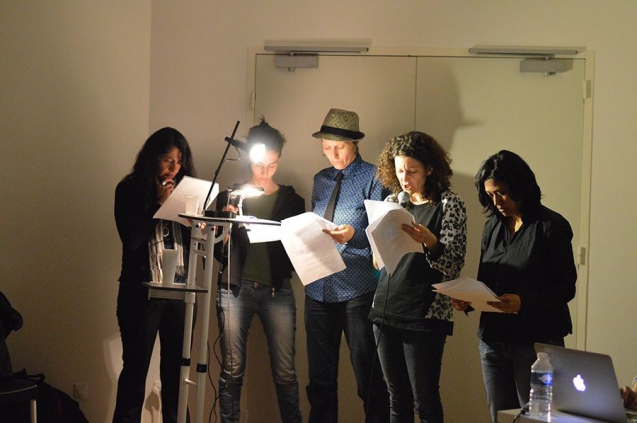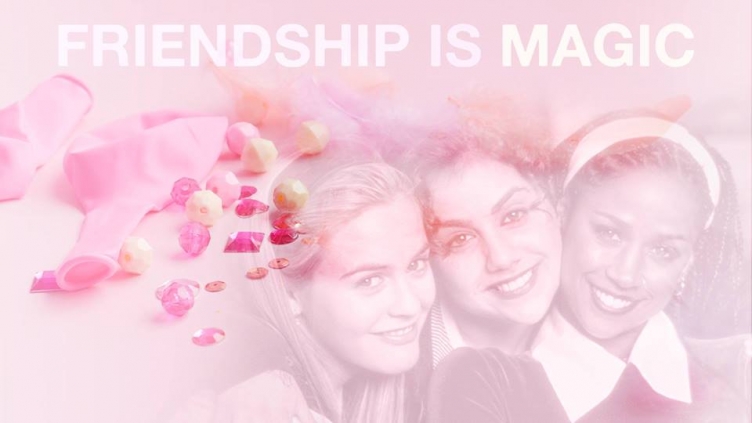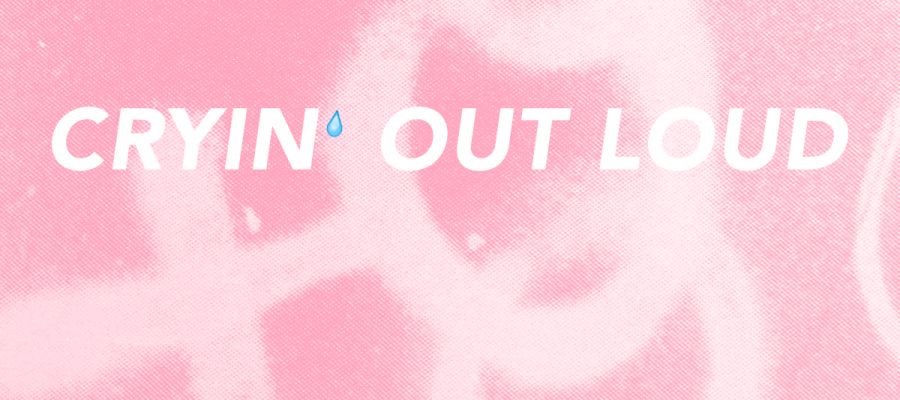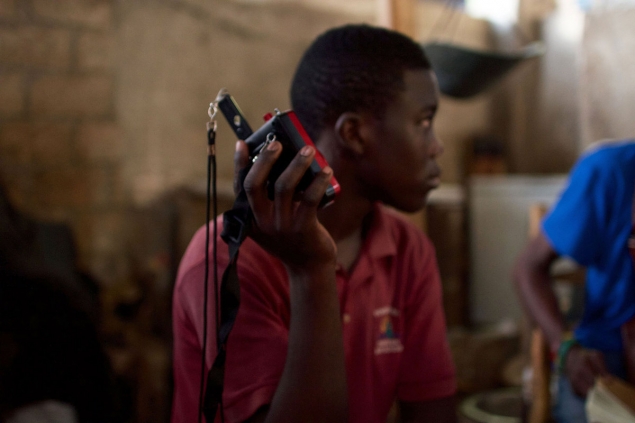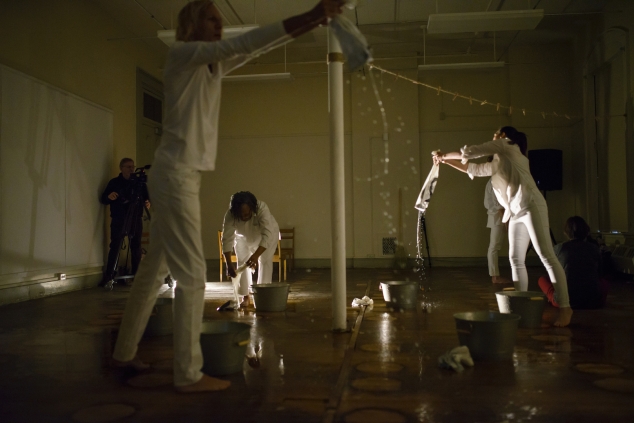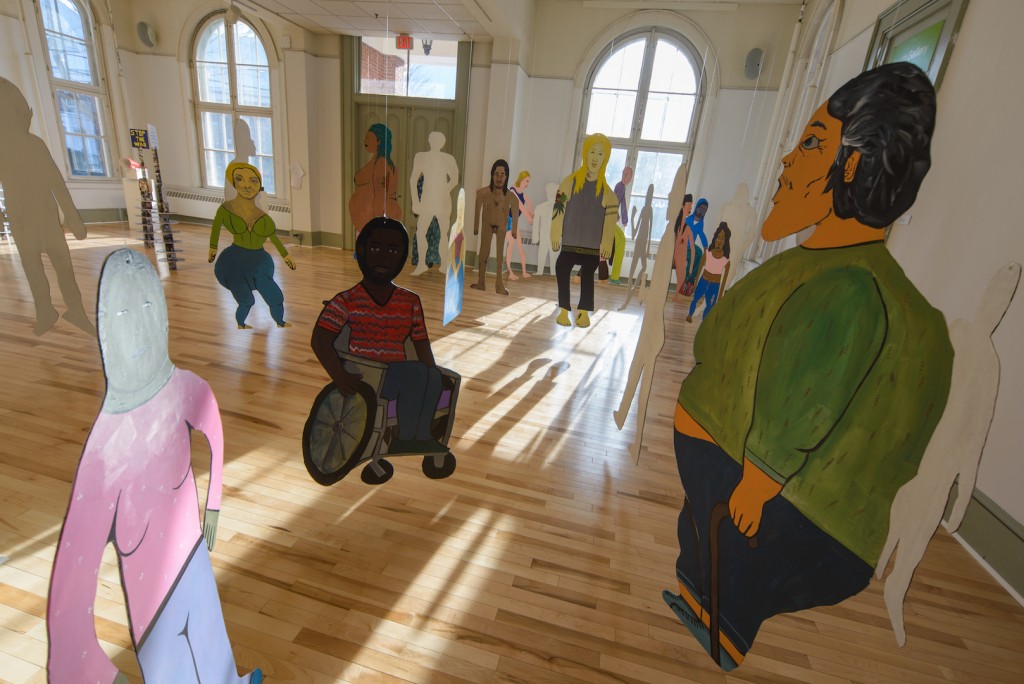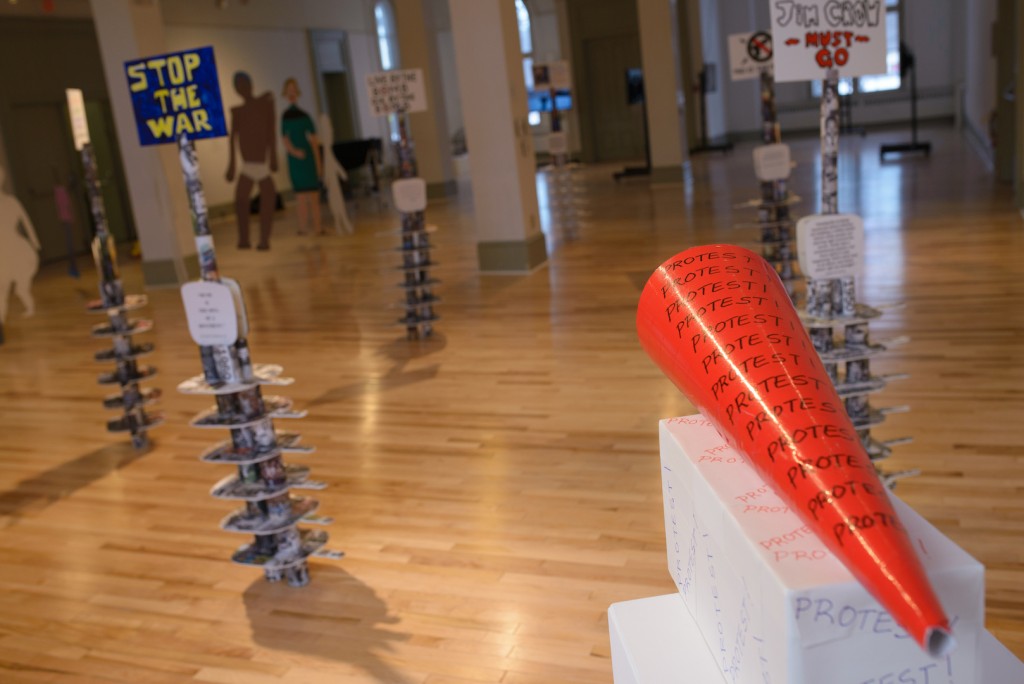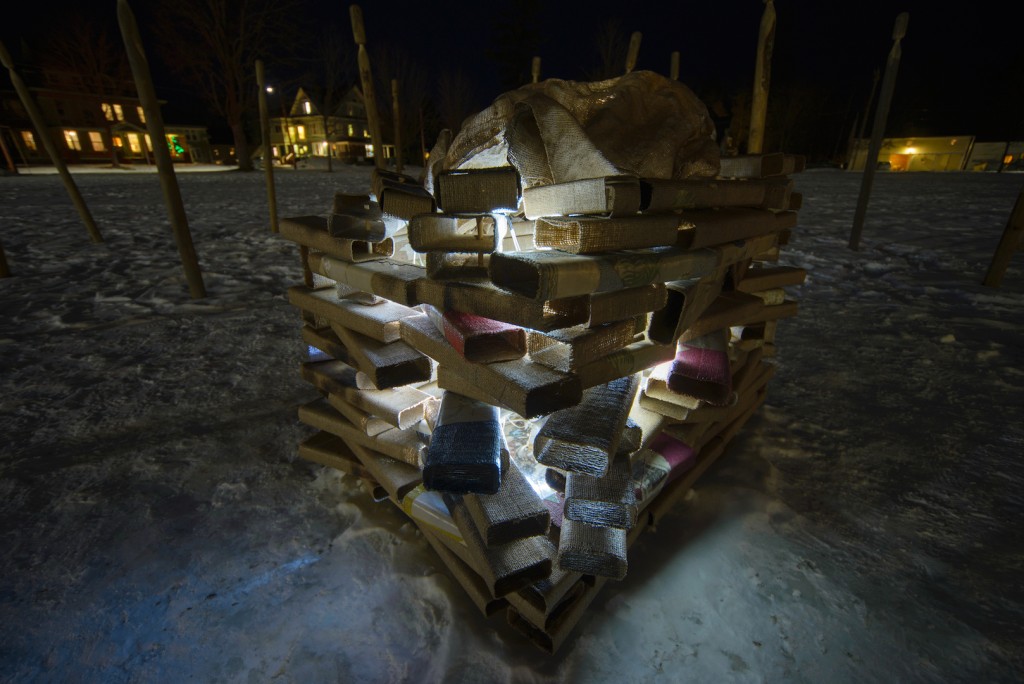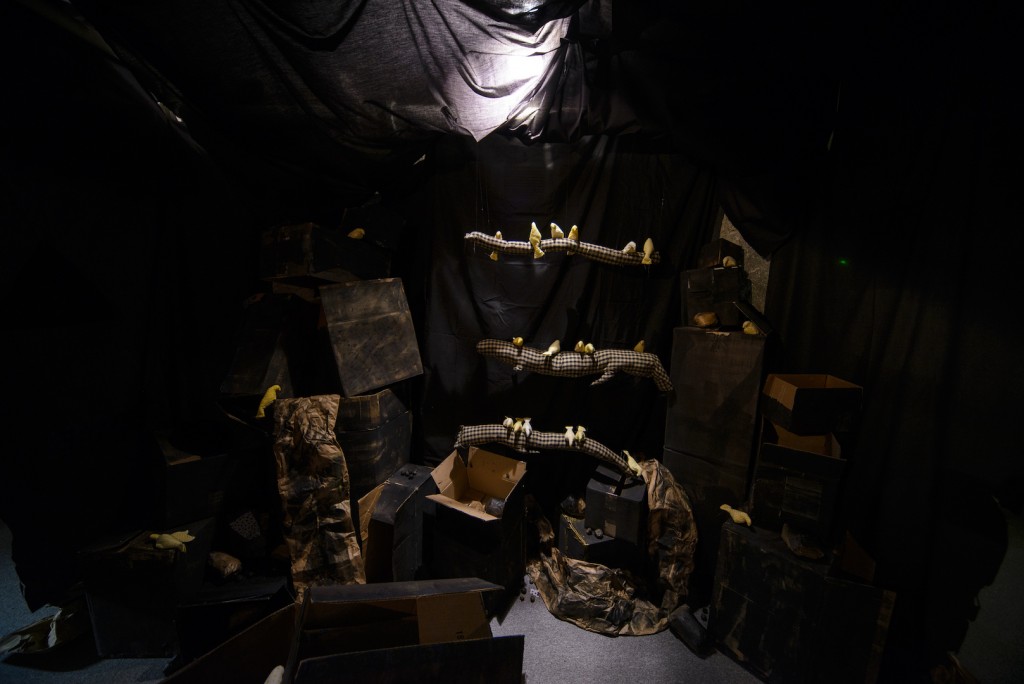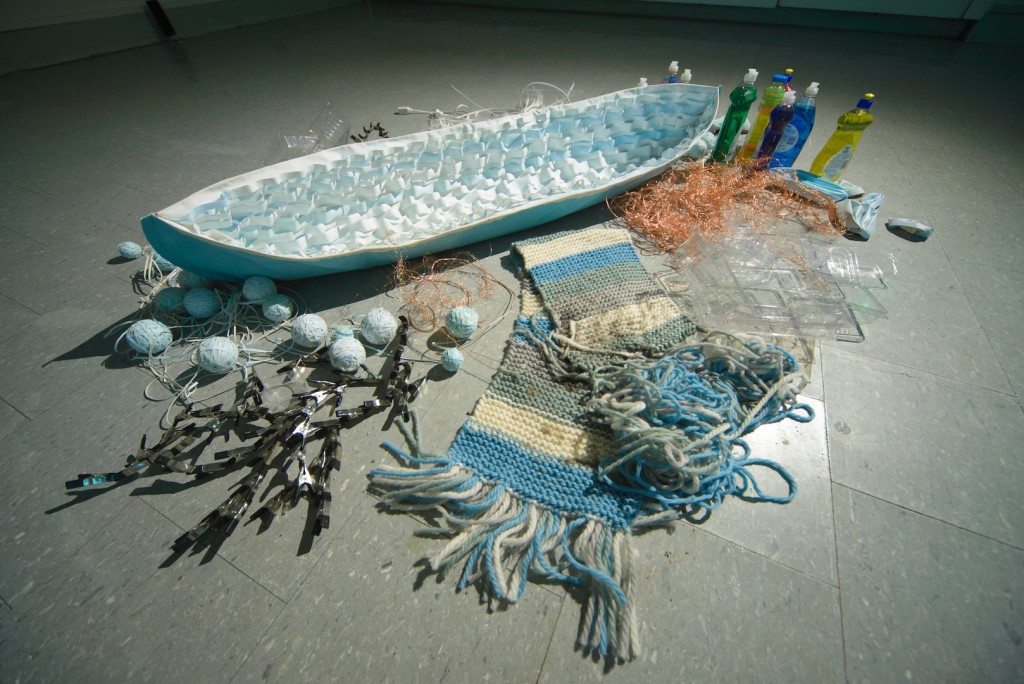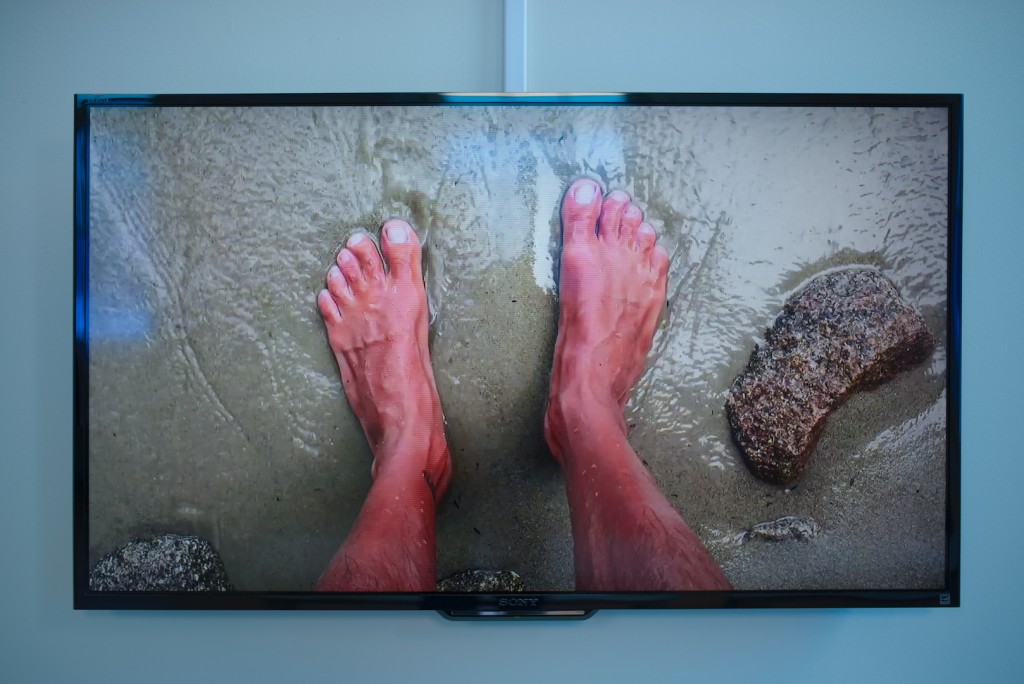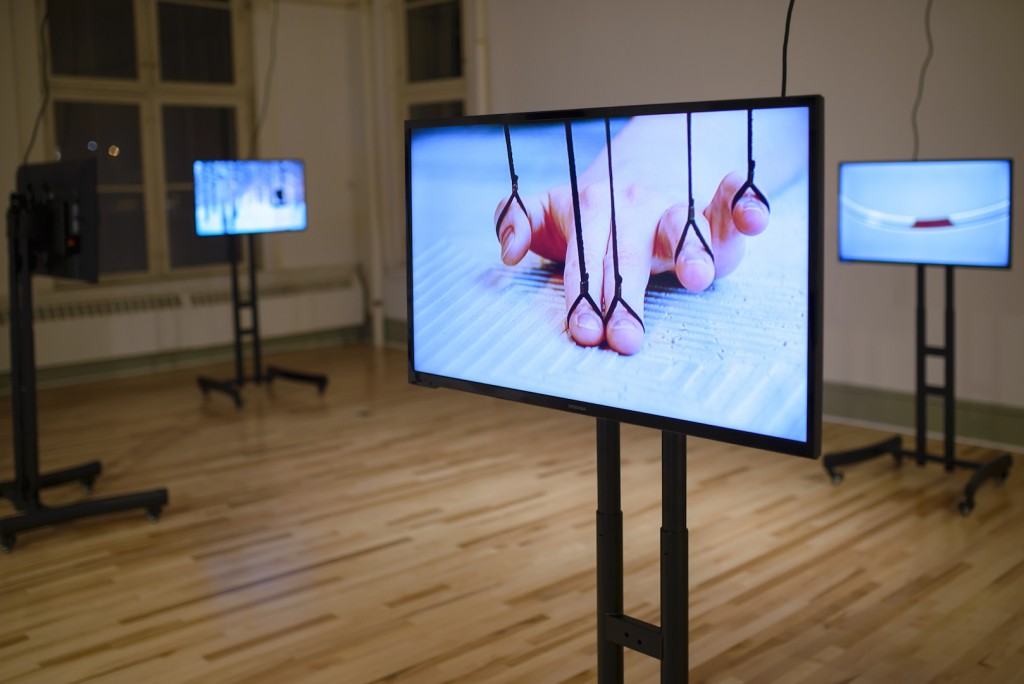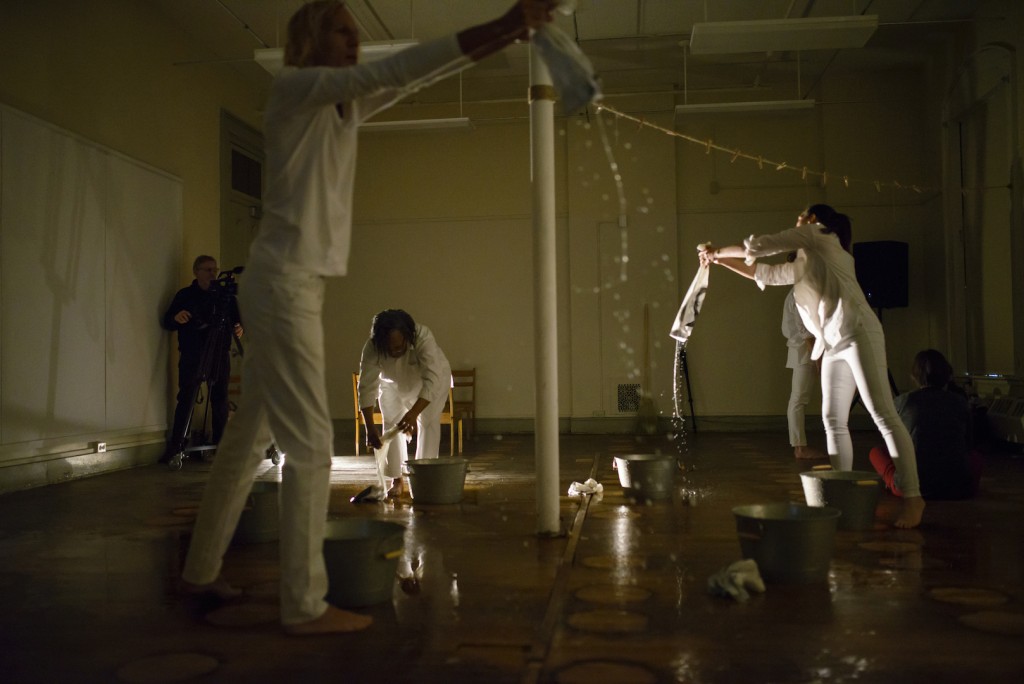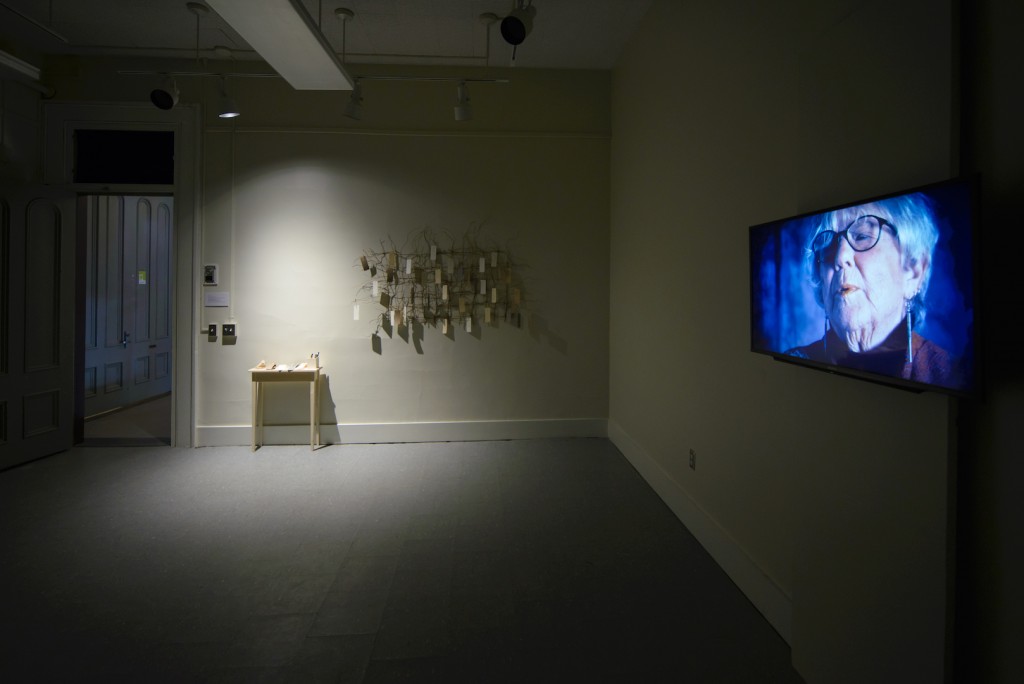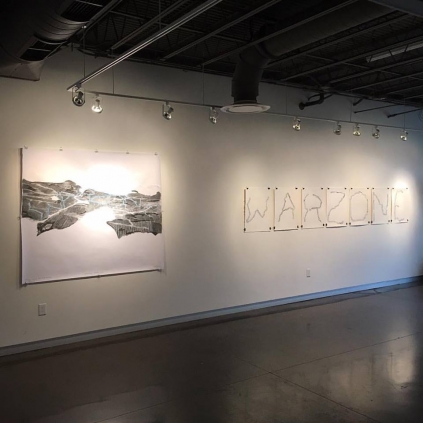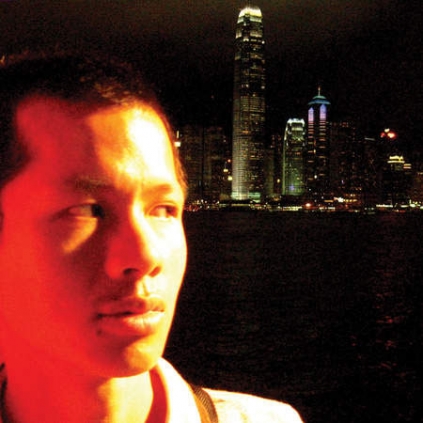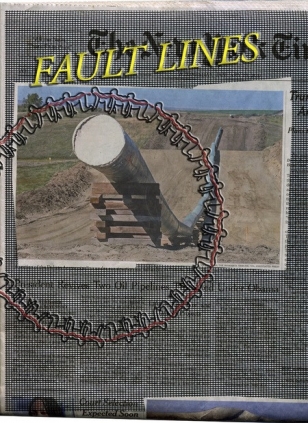INTERSECTION | INTERVENTION | INTERPLAY
Gender, Collaboration and Counter-Memory in Migratory Times and Spaces
An afternoon intersecting interventions focused on technologies of collaboration to reimagine gender, history, memory, futures, and communities, with the collective projects Diasporas Críticas, Migratory Times, and the Museum of Random Memory.
Using as a taking off point the decolonial feminist philosopher María Lugones’ phrase “playfulness, world traveling and loving perception,” the public is invited to engage in these art based research projects that explore these actions as forms of reimagining and remaking social relations.
Date
May 31, 2017
15:00 – 19:30 p.m.
Place
Museu del Disseny de Barcelona
Floor -1 – Room B
Conducted by
The Museum of Random Memory/futuremaking.space
Diasporas Críticas and Migratory Times
the Institute of (im)Possible Subjects

PROGRAMME
15:00 – 16:30 – The Museum of Random Memory
Conducted by MoRM: Museum of Random Memory/futuremaking.space
“Do you have something you would like to remember? Something you think should be forgotten? We would like you to contribute to our temporary permanent collection.”
What is a memory?
What is it good for?
How do we remember?
How do we forget?
These are a few of the questions that are asked by the participants and creators of the Museum of Random Memory, an ongoing practice-based research project. The project and the work of the project (the creation of the archive and the museum itself) represent a deliberate attempt to directly engage difficult questions of ownership, archive, preservation, and mediation. What does it mean to take ownership of a memory? What can we do with it? What should we do with it? What do we do with it? How do we proceed and where do the lines of the analog and the digital collide with the lines of public, private, hidden and revealed? How do you build (and destroy) a museum in days? What is gained and what is lost?
For this event we, the UnCurators, will perform an iteration of the Museum.
Attendees will be invited to participate by submitting memories and engaging in the intake process.
16:30 – 17:00 – Coffee Break
17:00 – 18:30 – Exercise in Radiofonization
Conducted by Diasporas Críticas & Migratory Times/the Institute of (im)Possible Subjects
This workshop is directed at trans-feminist artists, activists and poets with the aim of sharing research around the process of creating a manifesto, enunciation and the practices, histories and metaphors associated with radio, we propose an “exercise in radiofonization”. Part workshop and part performance of a radio recording-studio, this session puts into practice a range of pedagogical and affective techniques in the fields of voice, enunciation and reading.
This space offers an encounter with various enunciation tactics and invites participants to co-produce a performative “exercise in radiofonization”. Depending on the technical capabilities this can be emitted in connection with other online, free or community radios, or recorded for a future transmission. “Exercise in radiofonization” focuses on the transdiscursive and transtemporal conditions of the feminist and decolonial manifesto and how, like the apparatus of radio, it makes a curious incision across the literary, historical, political and artistic; past present and future.
18:30 – 19:30 – Roundtable discussion
With Dalida María Benfield, Anyely Marin Cisneros, Rebecca Close and Annette Markham.
BIOS
THE MUSEUM OF RANDOM MEMORY/futuremaking.space
The Museum was first conceived and performed in March 2016 at the CounterPlay Festival held in Aarhus. Over the following year, key participants transformed the ideas into a conceptual framework, which guided the creation of the second instantiation of the museum, presented again at the same festival in March 2017. The museum is the sum of the efforts of more than a dozen artists, activists, academics, researchers and students working with the Creating Future Memories project at Aarhus University in Denmark. The Creating Future Memories project is one of the projects of the futuremaking.space, a transdisciplinary space for research and public engagement.
DIASPORAS CRITICAS
Diásporas críticas is an open platform for artistic research. Diásporas críticas research explores and responds to the ways in which nationalisms intervene through micro-process to affect the body and the senses, researching notions of “transmission” and “contagion” in relation to mass media and technology as well as medical discourses and disease. They have received various research and production grants from academic and arts institutions. Throughout 2017 Diasporas criticas are preparing a research project entitled “Contralecturas Tropicales”. They are thinking: climate, cliche, sickness, poetic trope, surrealist dream, melodrama, medical theory, compass, geopolitical sex fantasy, cyclical time and exile.
MIGRATORY TIMES/THE INSTITUTE OF (IM)POSSIBLE SUBJECTS
Migratory Times is a global art, research, and education initiative to facilitate transnational dialogues on displacements and migration. Migratory Times constructs a translocal architecture for overlapping learning, research, and making circles across diverse sites including Bogotá, Colombia; Aarhus and Copenhagen, Denmark; Jeju and Seoul, S. Korea; Manila, Philippines; Barcelona, Spain; and Los Angeles, Salt Lake City, Detroit, and New York City, USA. Over the course of a year, 2016-17, cultural interventions, workshops, and publications are being produced in local sites as well as through virtual networks, using popular education and co-design strategies. Migratory Times is a project of the Institute of (im)Possible Subjects, a transnational feminist art, media and research collective.
Free entry.
Required Registration. Send us an email to: dfutureproject@gmail.com
http://d-future.net
Contact:
dfutureproject@gmail.com
+34 93 326 3470
Organized by:

D-Future Project/Mediaccions
In collaboration with:

The Museum of Random Memory

Migratory Times/the Institute of (im)Possible Subjects
Diasporas Críticas
Sponsored by:

Ministerio de Economía y competitividad de España (Ref. CSO2014-58196-P)

Museu del Disseny de Barcelona

Estudis d’Art I Humanitats de la Universitat Oberta de Catalunya

Future Making Research Consortium
Featured image: Diasporascriticas
